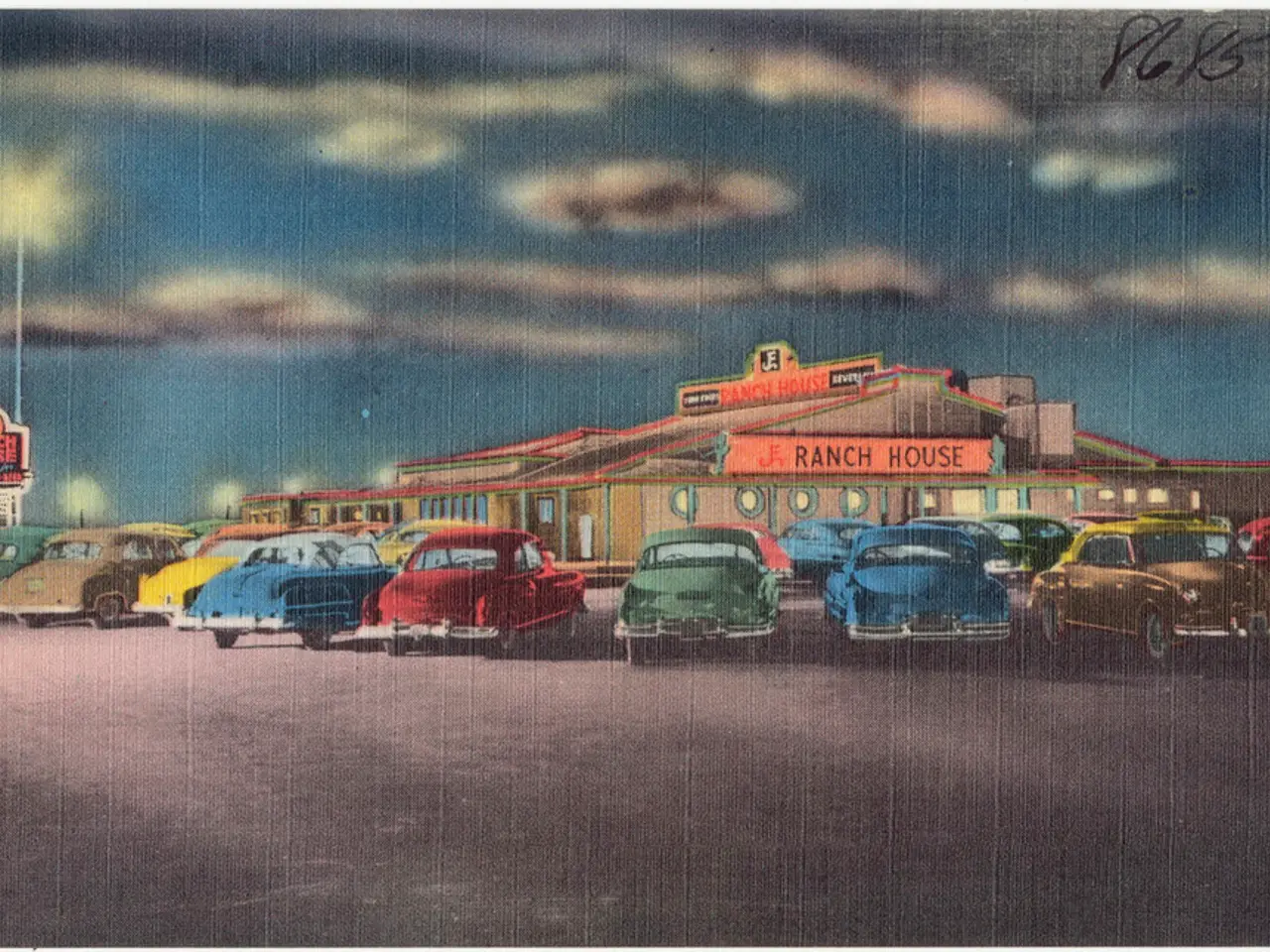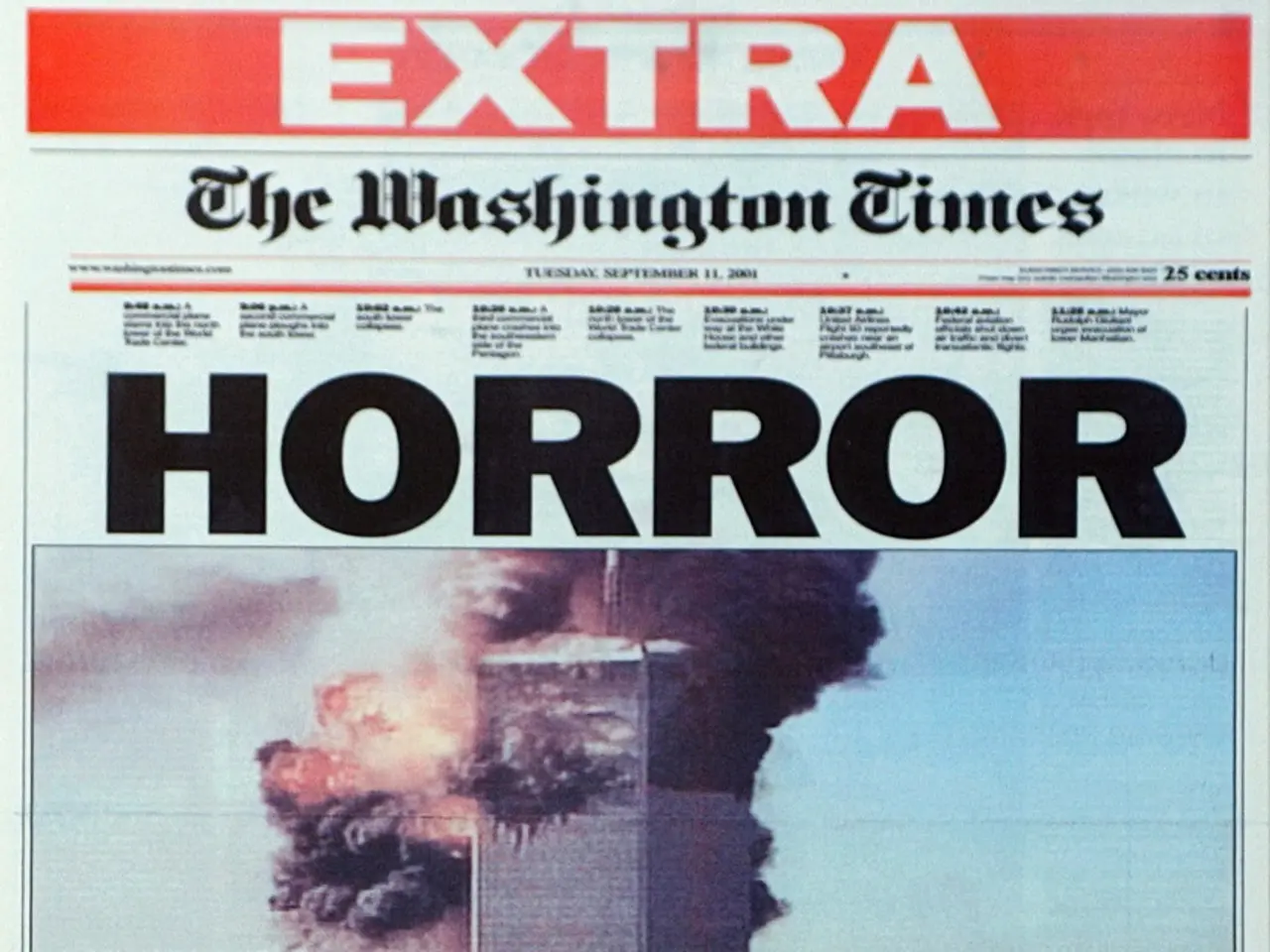French avant-garde cinematic movement marked by non-linear storylines, a rejection of Hollywood conventions, and a focus on youth, urban life, and existential themes.
The French New Wave, one of the most influential film movements in cinema history, emerged in the late 1950s and flourished throughout the 1960s. This revolutionary period challenged established norms, encouraged individual artistic expression, and reshaped the language of cinema forever.
Born out of post-World War II France, the French New Wave was fueled by a new generation of young cinephiles who were critics for the influential film journal Cahiers du Cinéma. They found inspiration in the films of Italian Neorealism, American cinema, and the writings of film theorists such as Andre Bazin.
The French New Wave represented a revolution in cinematic technique, narrative style, and the role of the director as an auteur—the primary creative force behind a film. It introduced fresh, innovative filmmaking methods like documentary-style location shooting, jump cuts, and playful editing that broke conventional storytelling rules.
Francois Truffaut's debut film, "The 400 Blows" (1959), is a defining work of the French New Wave and a cornerstone of the movement. This groundbreaking film exemplified the New Wave's break from classical cinema through naturalistic acting, on-location shooting, and a personal connection between director and narrative.
Jean-Luc Godard's "Breathless" (1960) is another symbol of New Wave innovation, known for its unconventional cinematography and radical departure from classical storytelling. The film's non-linear narrative and fragmented structure were a stark contrast to the linear, predictable narratives of traditional cinema.
The New Wave filmmakers rebelled against the conventions of traditional cinema, embracing location shooting and using Parisian streets, cafes, and everyday spaces as their backdrops. This approach created cinema that was more intimate, spontaneous, and reflective of the filmmaker's individual vision, inspiring directors worldwide to see film as a personal and artistic medium.
The impact of the French New Wave on cinema is immeasurable, with its influence being seen in the works of subsequent generations of filmmakers, including Martin Scorsese, Quentin Tarantino, and Wong Kar-wai. The movement's influence extended beyond France, directly inspiring landmark American films like Bonnie and Clyde (1967), which incorporated the New Wave’s genre-bending approach, stylistic experimentation, and a more realistic, sometimes confrontational engagement with themes like violence and moral ambiguity.
Eric Rohmer contributed significantly to the French New Wave with his philosophical and dialogue-driven films, such as "My Night at Maud's" (1969). Agnes Varda played a pivotal role in the French New Wave and remains one of its most celebrated figures, particularly as a pioneering female director. Her film "Cleo from 5 to 7" (1962) is a masterful exploration of existential themes.
The rise of government funding and support for the arts in France, including the establishment of the Centre National de la Cinematographie (CNC), made it easier for these young filmmakers to access resources. The French New Wave's legacy underscores its pivotal role in redefining what cinema could be and how it could communicate complex human experiences and societal issues.
Today, the French New Wave continues to inspire filmmakers and captivate audiences, reinvigorating cinema with each new generation of cinephiles. Its influence can be seen in various countries, fostering a more diverse and dynamic global film culture. The French New Wave's impact on cinema is undeniable, and its contributions to filmmaking techniques, narrative styles, and the auteur theory continue to shape the industry today.
- The French New Wave, which emerged in the late 1950s and is known for questioning established norms, also played a significant role in reshaping the theory of cinema as an art form, emphasizing the director as an auteur (the primary creative force behind a film).
- The history of cinema has been substantially influenced by the revolutionary narrative structures introduced during the French New Wave period, as evidenced by innovations like documentary-style location shooting, jump cuts, and playful editing, which broke conventional storytelling rules.
- As the French New Wave impacted subsequent film movements and directors worldwide, it expanded the boundaries of entertainment by fostering a more intimate, spontaneous, and personal connection between filmmakers and their narratives, making cinema a more dynamic medium in movies and TV.





